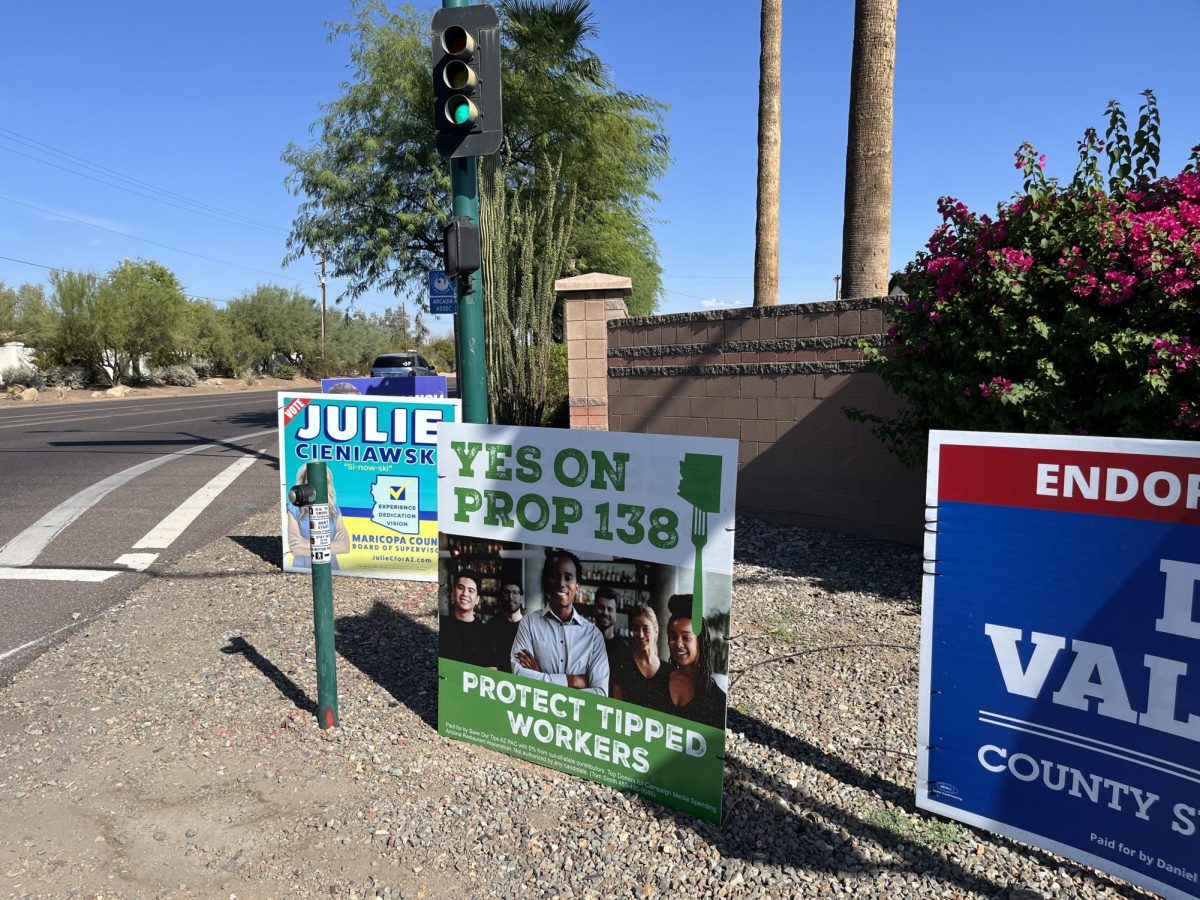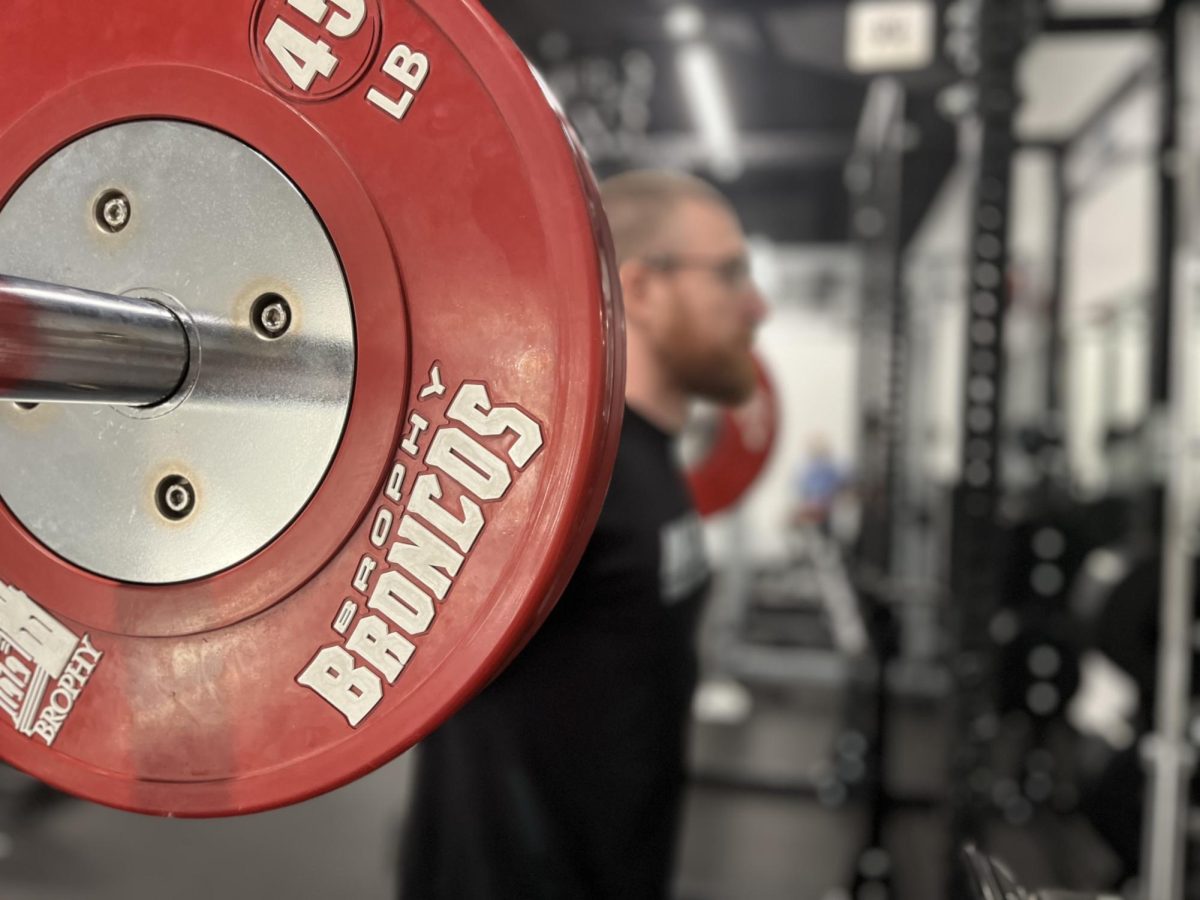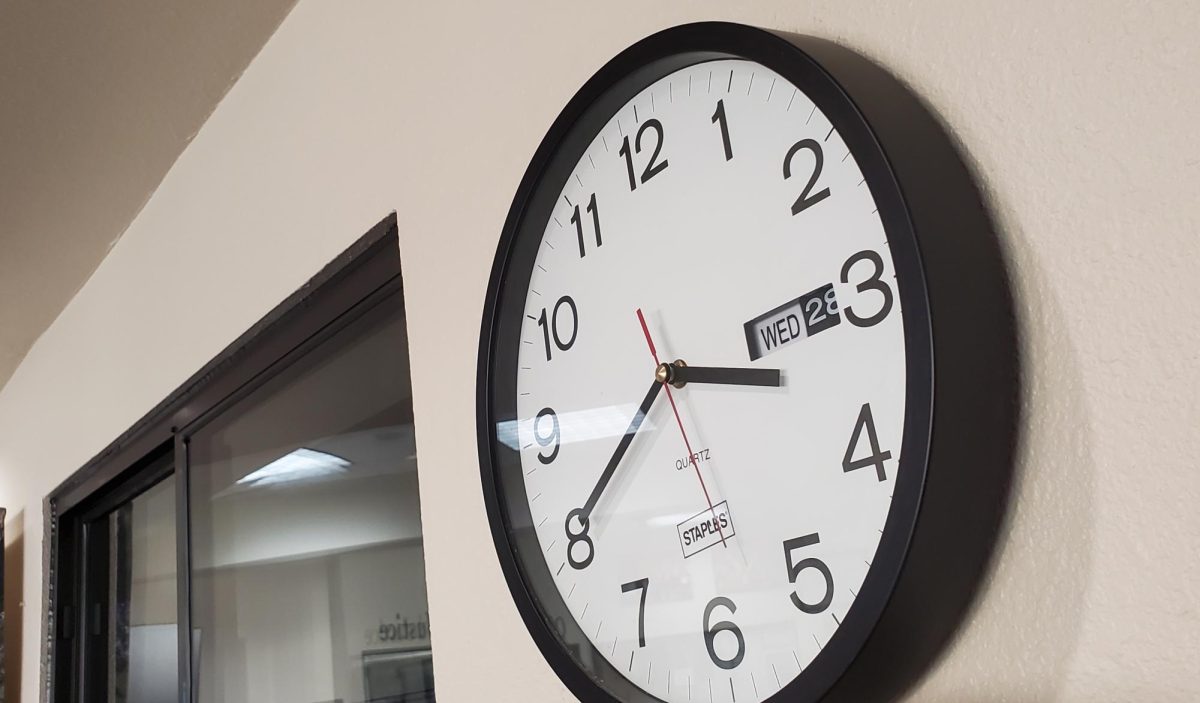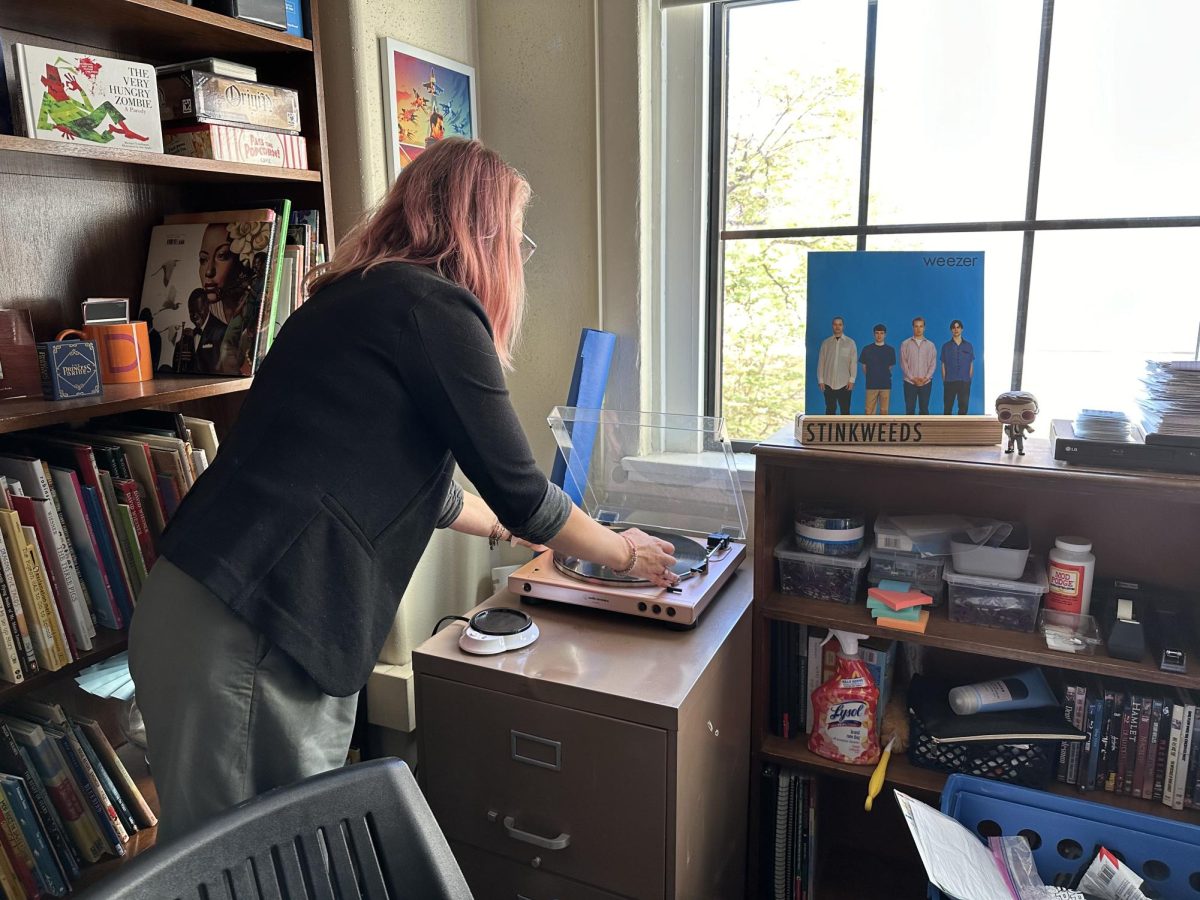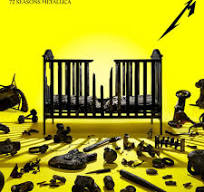A Man and His Movies
By Sean Harris ’11
Entertainment Editor
Well, this is it.
As I prepare to leave Brophy behind me, I must also say goodbye to the “A Man and His Movies” column, a column that I hope continues on as the official place for movie news, commentary and reviews in The Roundup.
But before all of that, I want to explain what movies mean to me, and how I review film.
I view movies as the ultimate art form, combining sound and sight into something that, at its most effective, can leave a lasting impact on the audience.
I know I’ll never forget the opening shot of “The Godfather,” a close-up of a father in mourning as he asks for a favor of revenge.
And that’s just one example.
Everyone can have their own unique taste when it comes to movies, because it is highly subjective. There might be films that appeal to more people, but that certainly doesn’t mean that it will be universally hailed as a masterpiece.
Take summer blockbusters, for example. Although they do appeal to a larger audience, it would be hard to stack them up to the masterpieces of cinema.
But what exactly makes a masterpiece?
Ultimately, reviewing a film for me comes down to three things: the story, the acting and the visuals.
The best stories are the ones that are innovative without becoming a gimmick, and challenging without becoming frustrating and emotional, either in a positive or negative way.
These are the stories that will stay with the viewer long after the film has ended.
Although I’ve mentioned them far too much in this column, the movies that Pixar makes are good examples of what a solid story looks like.
Acting is arguably the most important piece, since even the tiniest slip-up can adversely affect the entire movie.
Acting is at its best when an actor or actress completely disappears into their role and immerses the viewer into the conflicts the character is facing.
Heath Ledger from “The Dark Knight” immediately comes to mind, a haunting performance that stood tall above the hype.
Visuals come last, and are ultimately the least important. However, what makes them important is if utilized correctly, they can turn a good movie into a great movie.
The best visuals are the kind that works in sync with the story, communicating the themes to the audience without actually saying anything.
The imagery of “Apocalypse Now” is a great example of this, eerie and haunting imagery that goes hand and hand with the theme of madness.
Too often in modern Hollywood, good visuals are confused with throwing a bunch of special effects on screen, a la the “Transformers” franchise. Sometimes the more simplistic visuals can be more effective.
Impressive camera work can be just as powerful as CGI.
So go out to the movie theater, form opinions and fight for the guilty pleasures and the award winners alike.
With so many good movies to watch and catch up on, there’s a lot of work to be done.



